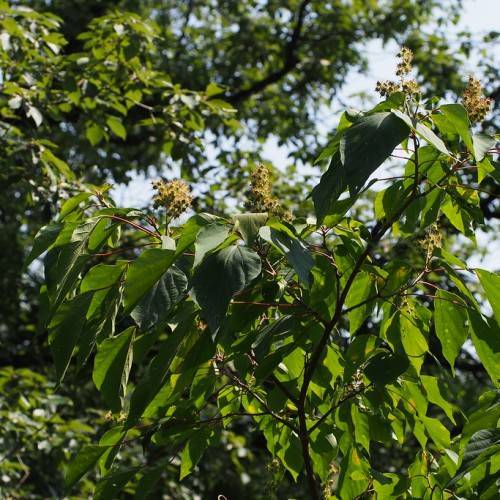
mallotus
Mallotus japonicus
Cycle:
Perennial
Watering:
Average
Hardiness Zone:
8 - 10
Flowers:
Flowers
Sun:
Full sun,part shade
Fruits:
Fruits Ready In Fall
Leaf:
Yes
Growth Rate:
High
Maintenance:
Low
Salt Tolerant:
Yes
Invasive:
Yes
Care Level:
Medium
watering
Mallotus japonicus should be watered once every week, with around 1-2 cups of water. Ensure that the soil is not allowed to dry out completely. Make sure the soil is moist but not soggy to prevent root rot. During periods of warm weather, water more frequently if the soil does not stay moist.
sunlight
Mallotus japonicus prefers semi-shade and indirect sunlight for optimal growth. It should receive a few hours of morning or late afternoon sun, with the aim of not exceeding 5 hours of full sunlight during the day. During the summer months, partial shade is recommended to protect the plants from the generally harsher sunlight and avoid leaf scorching. During winter months the plant can tolerate more direct sunlight. Too little sunlight can slow or stunt the growth of Mallotus japonicus, causing the leaves to become pale and the plant to be very leggy.
pruning
Mallotus (Mallotus japonicus) should generally be pruned in early spring before new growth begins. Lightly prune the plant by pinching off dead or diseased branches to allow new growth to come in. It is also recommended to lightly trim any excess shoots or leggy branches to help maintain the desired shape. Pruning more than a third of the plant should be avoided. After each pruning session, it is important to apply a balanced fertilizer such as 10-10-10 to help it recover from the pruning stress. Too much pruning can also cause stress, and the plant may initially not look its best.
